Circuit Break Podcast #384
Derivative Learning or Mathematical Consequences
Related Topics
Wanting to be a Wizard - Matt Brown
Matt Brown, shares his career insights, including his experiences working at Tesla and on personal projects like the land speed car and the off-road Viper.
Exploring the Arctic Through Art and Technology with Cy Keener
Cy Keener's work includes a range of data-based efforts to visualize diverse phenomena including ice, wind, rain, and ocean waves.
Embarrassingly Parallel Computing - Steve Furber
Steve Furber, Prof Emeritus at Univ of Manchester, discusses BBC Micro and SpiNNaker project modeling brain functions with a million ARM processors.
Other Resources
Circuit Break Podcast
Webinars
Videos
Tour MacroFab's ITAR-Compliant Facility
June 23, 2023, Episode #384
The concerning news of a missing submarine near the Titanic wreck site this week sparks conversation about the implications of using a $30 Logitech gamepad for steering, the importance of regulatory bodies for deep sea exploration and why backups are essential for critical systems. We also explore the question; is an engineer a scientist? Lastly, we discuss a breakthrough in laser-based data transmission that could revolutionize internet connectivity.
- Submarine Safety: Unconventional Controls and Engineering Design
- Suitability of game controllers for critical systems
- Regulatory compliance and safety standards in engineering projects
- What can we learn from this story and why backups are essential
- Engineer vs. Scientist: Perception and Practice
- Proficiency at something vs. being an expert
- Education vs. professionally paid for your work
- “If you wear a white lab coat in your day job, you are a scientist”
- Inspired by u/amirouche_up’s question at r/askengineers
- Laser Internet: Overcoming Atmospheric Interference for Enhanced Connectivity
- If Stephen was in charge of this project, the first message he would send across would be “Gondor calls for aid”
- Advantages of lasers in data transmission compared to undersea fiber optic cables
- What if you could curb a laser?
- Summary/Takeaways:
- Lessons learned from the submarine incident and best practices for engineering safety
- Perspectives on the engineer-scientist debate
- Future prospects and applications of laser-based data transmission technology
About the Hosts

Parker Dillmann
Parker is an Electrical Engineer with backgrounds in Embedded System Design and Digital Signal Processing. He got his start in 2005 by hacking Nintendo consoles into portable gaming units. The following year he designed and produced an Atari 2600 video mod to allow the Atari to display a crisp, RF fuzz free picture on newer TVs. Over a thousand Atari video mods where produced by Parker from 2006 to 2011 and the mod is still made by other enthusiasts in the Atari community.
In 2006, Parker enrolled at The University of Texas at Austin as a Petroleum Engineer. After realizing electronics was his passion he switched majors in 2007 to Electrical and Computer Engineering. Following his previous background in making the Atari 2600 video mod, Parker decided to take more board layout classes and circuit design classes. Other areas of study include robotics, microcontroller theory and design, FPGA development with VHDL and Verilog, and image and signal processing with DSPs. In 2010, Parker won a Ti sponsored Launchpad programming and design contest that was held by the IEEE CS chapter at the University. Parker graduated with a BS in Electrical and Computer Engineering in the Spring of 2012.
In the Summer of 2012, Parker was hired on as an Electrical Engineer at Dynamic Perception to design and prototype new electronic products. Here, Parker learned about full product development cycles and honed his board layout skills. Seeing the difficulties in managing operations and FCC/CE compliance testing, Parker thought there had to be a better way for small electronic companies to get their product out in customer's hands.
Parker also runs the blog, longhornengineer.com, where he posts his personal projects, technical guides, and appnotes about board layout design and components.
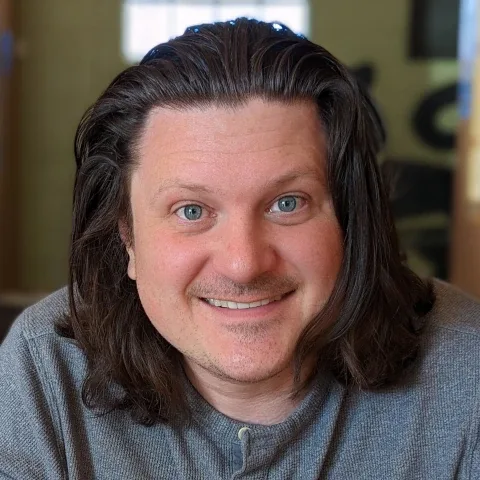
Stephen Kraig
Stephen Kraig is a component engineer working in the aerospace industry. He has applied his electrical engineering knowledge in a variety of contexts previously, including oil and gas, contract manufacturing, audio electronic repair, and synthesizer design. A graduate of Texas A&M, Stephen has lived his adult life in the Houston, TX, and Denver, CO, areas.
Stephen has never said no to a project. From building guitar amps (starting when he was 17) to designing and building his own CNC table to fine-tuning the mineral composition of the water he uses to brew beer, he thrives on testing, experimentation, and problem-solving. Tune into the podcast to learn more about the wacky stuff Stephen gets up to.
Special thanks to whixr over at Tymkrs for the intro and outro!
Related Podcasts

Wanting to be a Wizard - Matt Brown
Matt Brown, shares his career insights, including his experiences working at Tesla and on personal projects like the land speed car and the off-road Viper.
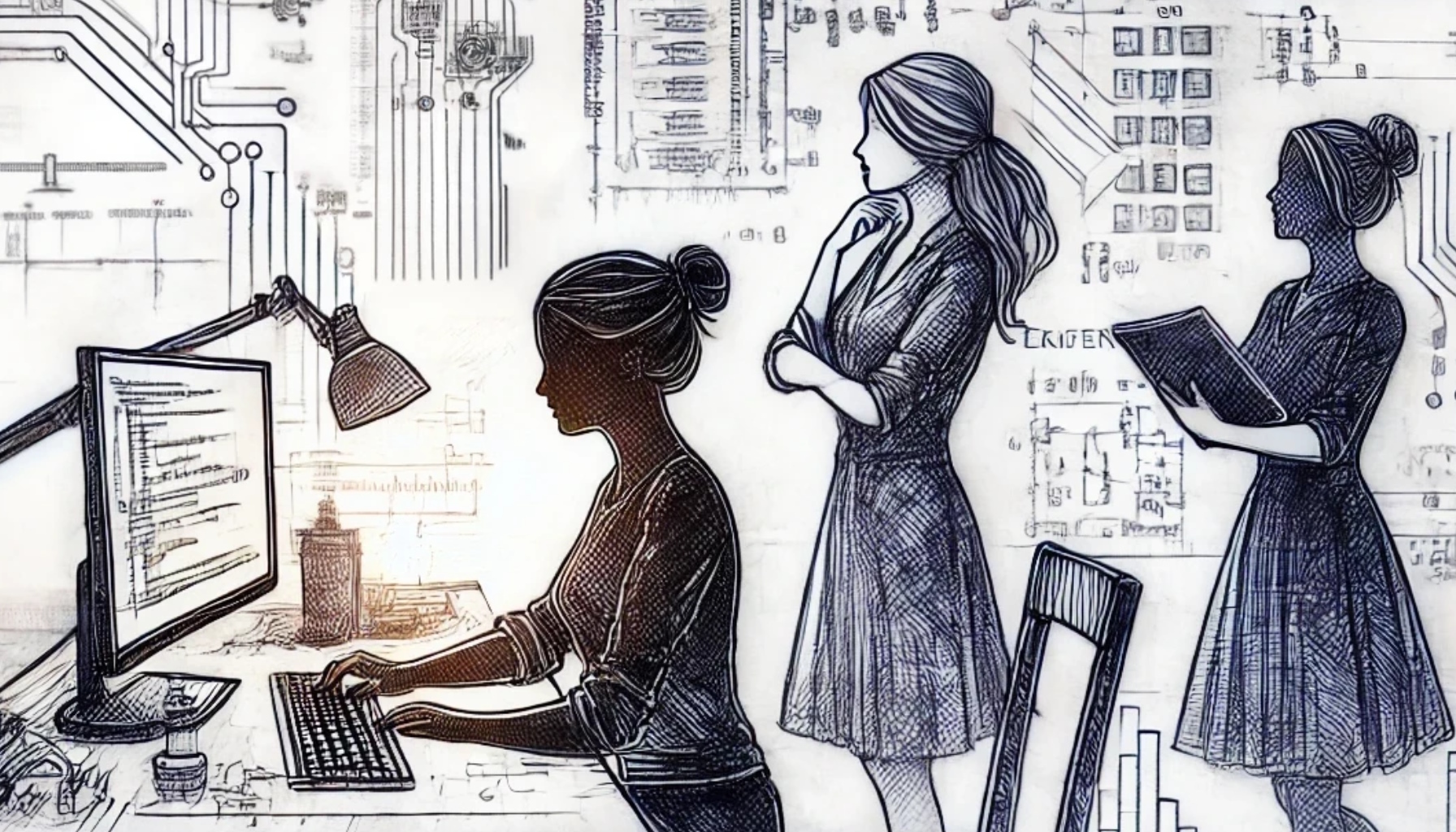
International Women in Engineering Day
Celebrating International Women in Engineering Day with MacroFab's Kaylan Smith and Laura Manley discussing their journeys into engineering.
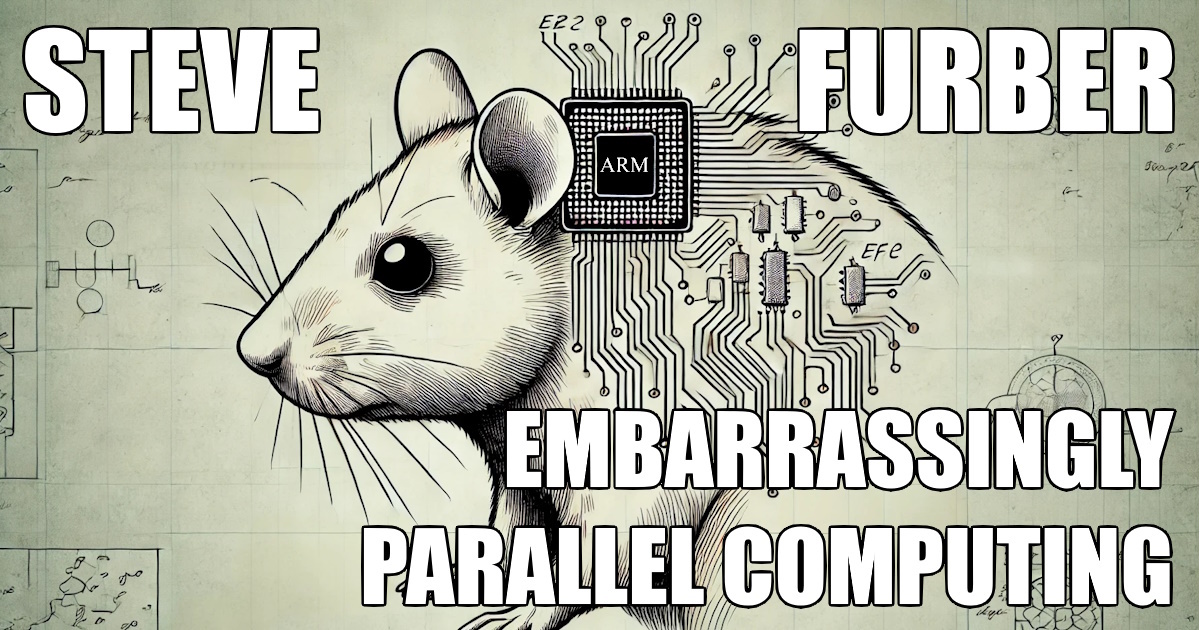
Embarrassingly Parallel Computing - Steve Furber
Steve Furber, Prof Emeritus at Univ of Manchester, discusses BBC Micro and SpiNNaker project modeling brain functions with a million ARM processors.
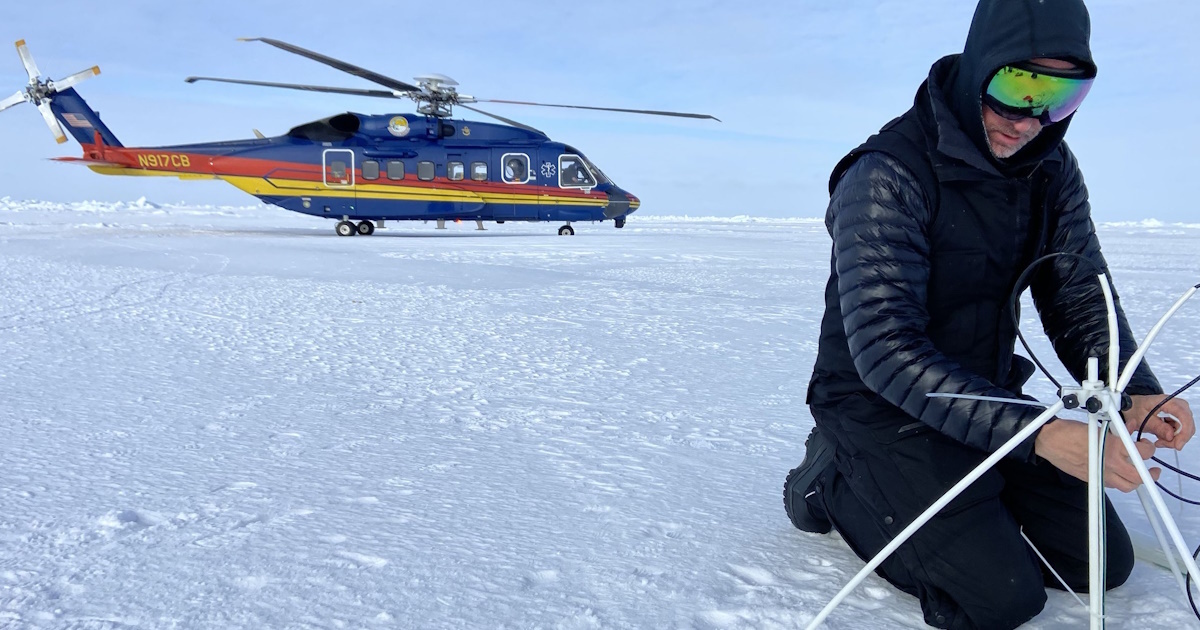
Exploring the Arctic Through Art and Technology with Cy Keener
Cy Keener's work includes a range of data-based efforts to visualize diverse phenomena including ice, wind, rain, and ocean waves.
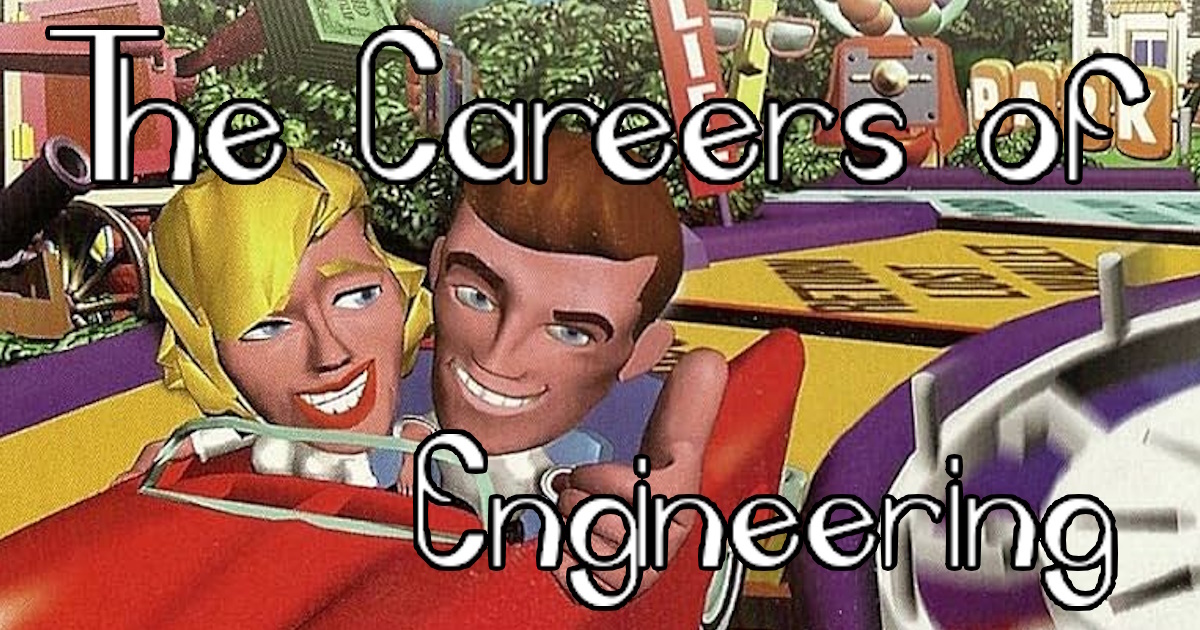
Prioritize to Learn to Prioritize - Engineering Career Paths
Special guests Chris Gammell and James Lewis, discuss various aspects of engineering career paths.

Batman, The King of EDC (Every Day Carry)
Delve into the fascinating world of Batman's utility belt. Tracing the evolution from its humble origins to its current complex design.
About MacroFab
MacroFab offers comprehensive manufacturing solutions, from your smallest prototyping orders to your largest production needs. Our factory network locations are strategically located across North America, ensuring that we have the flexibility to provide capacity when and where you need it most.
Experience the future of EMS manufacturing with our state-of-the-art technology platform and cutting-edge digital supply chain solutions. At MacroFab, we ensure that your electronics are produced faster, more efficiently, and with fewer logistic problems than ever before.
Take advantage of AI-enabled sourcing opportunities and employ expert teams who are connected through a user-friendly technology platform. Discover how streamlined electronics manufacturing can benefit your business by contacting us today.